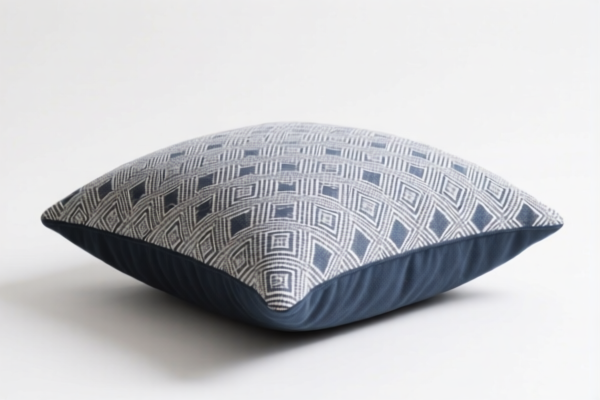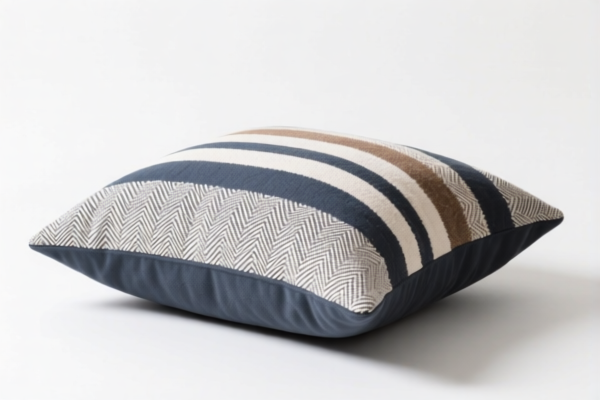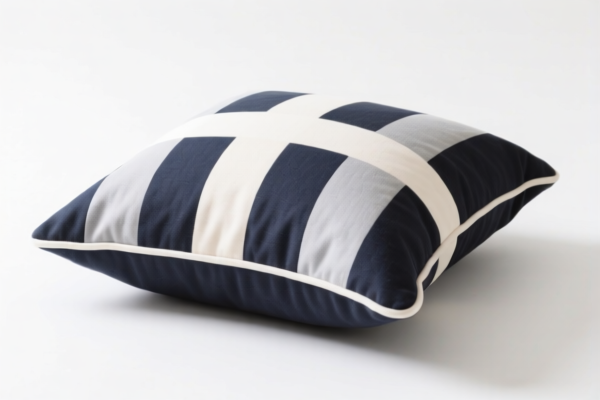| HS Code | Official Doc | Tariff Rate | Origin | Destination | Effective Date |
|---|---|---|---|---|---|
| 3005101000 | Doc | 30.0% | CN | US | 2025-05-12 |
| 3005105000 | Doc | 30.0% | CN | US | 2025-05-12 |




Cushion Bandage
A cushion bandage, also known as a non-adhesive wound dressing or foam dressing, is a type of wound care product designed to protect and promote the healing of wounds with moderate to heavy exudate.
Material
The core component of a cushion bandage is typically a highly absorbent foam pad, often made of polyurethane foam, hydrofiber, or silicone foam. This pad is covered by a non-adherent layer, usually a silicone or polymer film, to minimize trauma when removing the bandage. The outer layer is often made of a breathable, waterproof polyurethane film or fabric backing. Some advanced cushion bandages incorporate silver or other antimicrobial agents into the foam or adhesive layer.
Purpose
The primary purpose of a cushion bandage is to create an optimal wound healing environment. This includes:
- Absorption: Managing moderate to heavy wound drainage (exudate) to prevent maceration of the surrounding skin and maintain a clean wound bed.
- Protection: Shielding the wound from external contaminants, friction, and trauma.
- Healing Promotion: Maintaining a moist wound environment, which is conducive to cell migration and tissue regeneration.
- Pain Reduction: Minimizing pain during dressing changes due to the non-adherent layer and cushioning effect.
Function
Cushion bandages function through a combination of properties:
- Absorption Capacity: The foam pad absorbs exudate, reducing the risk of leakage and preventing skin breakdown.
- Non-Adherence: The silicone or polymer coating prevents the bandage from sticking to the wound bed, allowing for pain-free removal without disrupting the healing process.
- Breathability: The outer layer allows for gas exchange, promoting oxygen delivery to the wound site.
- Conformability: The bandage conforms to the contours of the wound, providing a secure fit and maximizing contact with the wound bed.
- Microenvironment: Creates a moist wound environment, which is essential for optimal healing.
Usage Scenarios
Cushion bandages are commonly used for:
- Pressure Ulcers: Stage II, III, and sometimes Stage IV pressure ulcers with moderate to heavy exudate.
- Leg Ulcers: Venous leg ulcers, diabetic foot ulcers.
- Surgical Wounds: Post-operative wounds with moderate drainage.
- Burns: Partial-thickness burns.
- Traumatic Wounds: Abrasions, lacerations, and other wounds with significant exudate.
- Skin Tears: Moderate to large skin tears.
Common Types
- Foam Dressings: Basic cushion bandages with a polyurethane foam pad.
- Hydrofiber Dressings: Contain carboxymethylcellulose, which forms a gel upon contact with wound exudate, providing a moist wound environment.
- Silicone Foam Dressings: Incorporate silicone into the foam pad, providing a softer, more comfortable dressing with improved adhesion.
- Antimicrobial Cushion Bandages: Contain silver, polyhexamethylene biguanide (PHMB), or other antimicrobial agents to help prevent infection.
- Bordered Cushion Bandages: Feature an adhesive border to provide a secure fit and prevent leakage.
- Sacral Cushion Bandages: Specifically designed for use on the sacral area to prevent and treat pressure ulcers.
Cushion bandages are categorized as wadding, gauze, bandages and similar articles, typically impregnated or coated with pharmaceutical substances or put up in forms or packings for retail sale for medical, surgical, dental or veterinary purposes. The following HS codes are relevant based on the provided information:
- 3005101000: This HS code covers wadding, gauze, bandages and similar articles, specifically adhesive dressings and other articles having an adhesive layer that are coated or impregnated with pharmaceutical substances. This would apply to cushion bandages if they include an adhesive component and contain pharmaceutical substances. The total tax rate is 30.0%, comprising a base tariff of 0.0% and an additional tariff of 30% effective after April 2, 2025.
- 3005105000: This HS code also covers wadding, gauze, bandages and similar articles, specifically adhesive dressings and other articles having an adhesive layer, but categorizes those that are other than those coated or impregnated with pharmaceutical substances. This would apply to cushion bandages with an adhesive component that do not contain pharmaceutical substances. The total tax rate is 30.0%, comprising a base tariff of 0.0% and an additional tariff of 30% effective after April 2, 2025.
It is important to determine whether the cushion bandage includes pharmaceutical substances to correctly classify it under either 3005101000 or 3005105000. Both HS codes currently have a total tax rate of 30.0% due to the additional tariff taking effect after April 2, 2025.
Customer Reviews
No reviews yet.